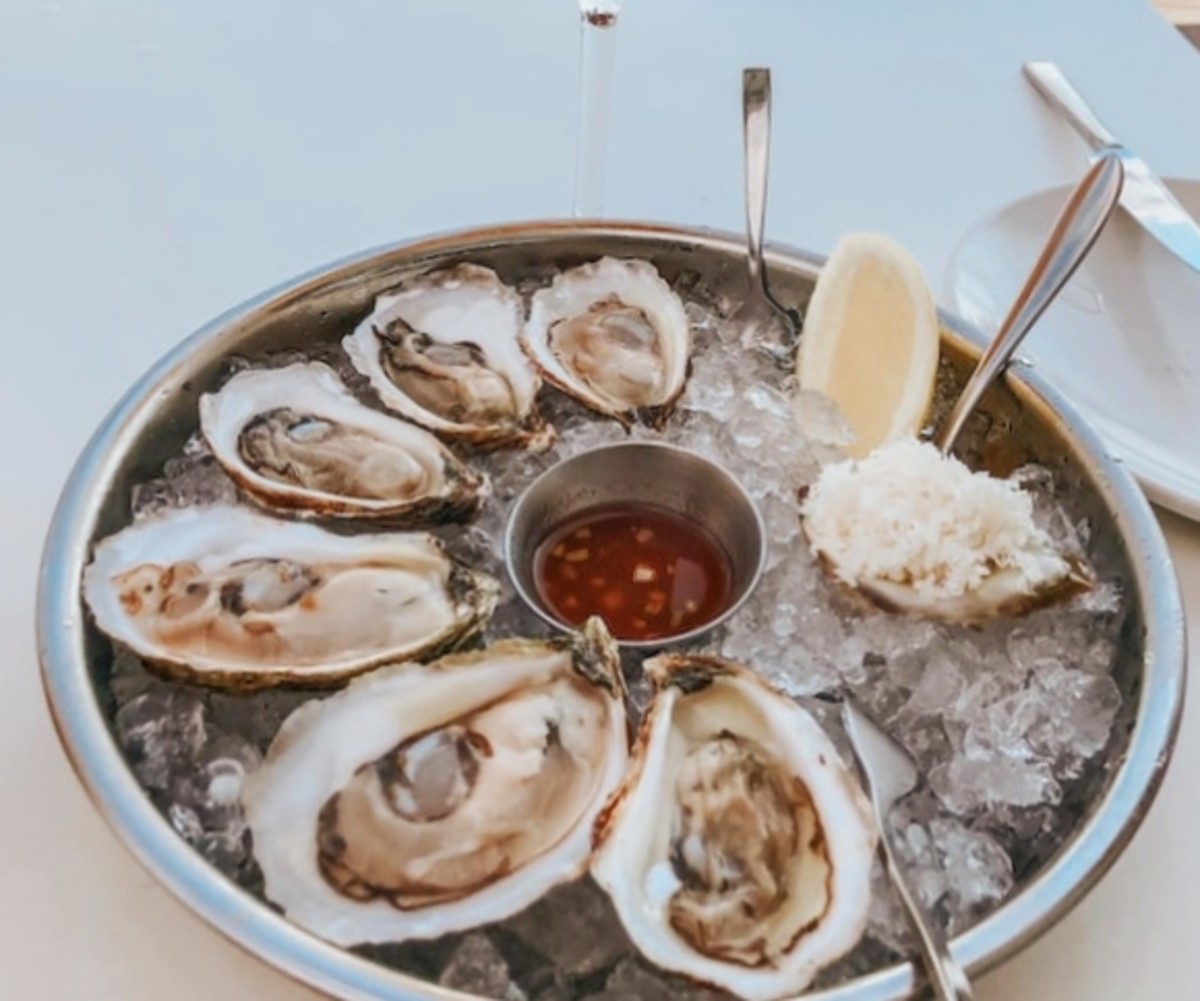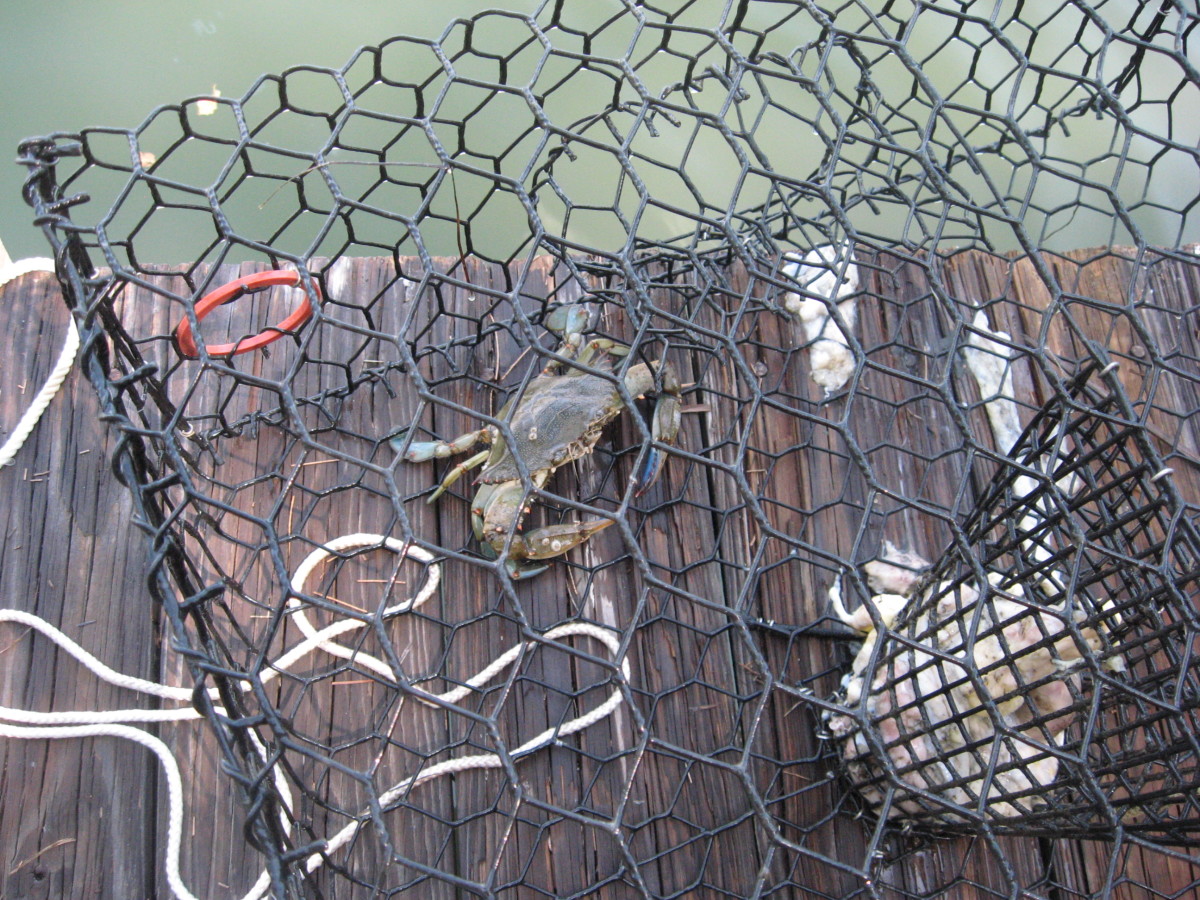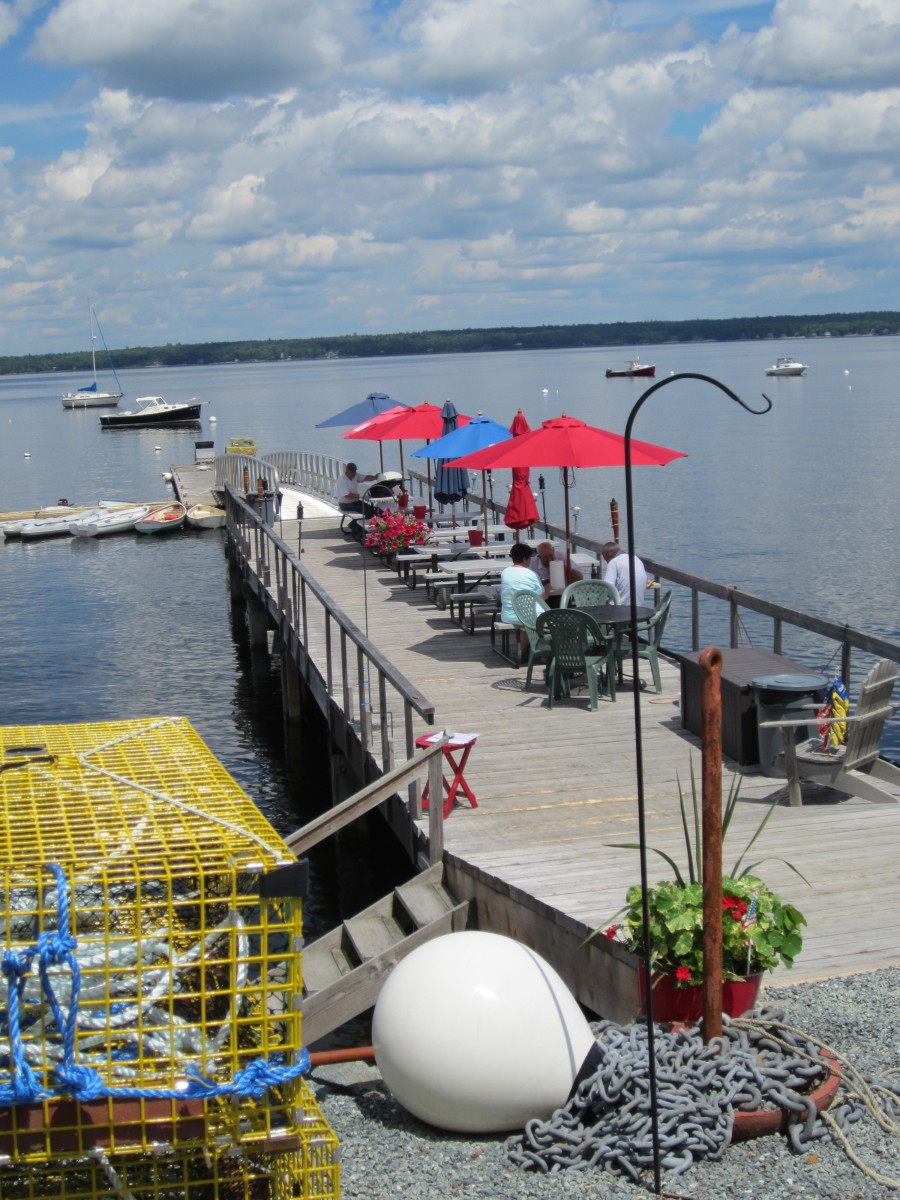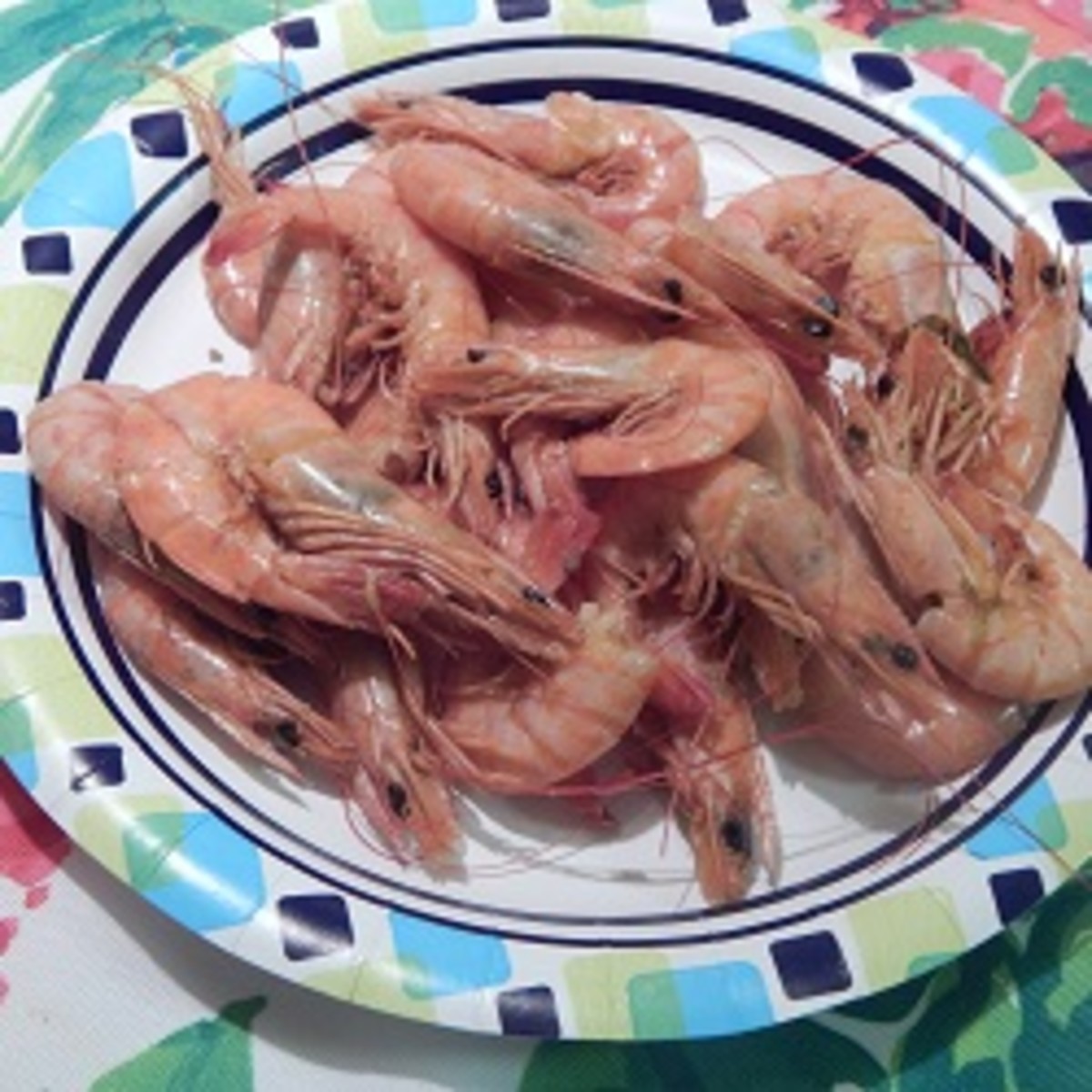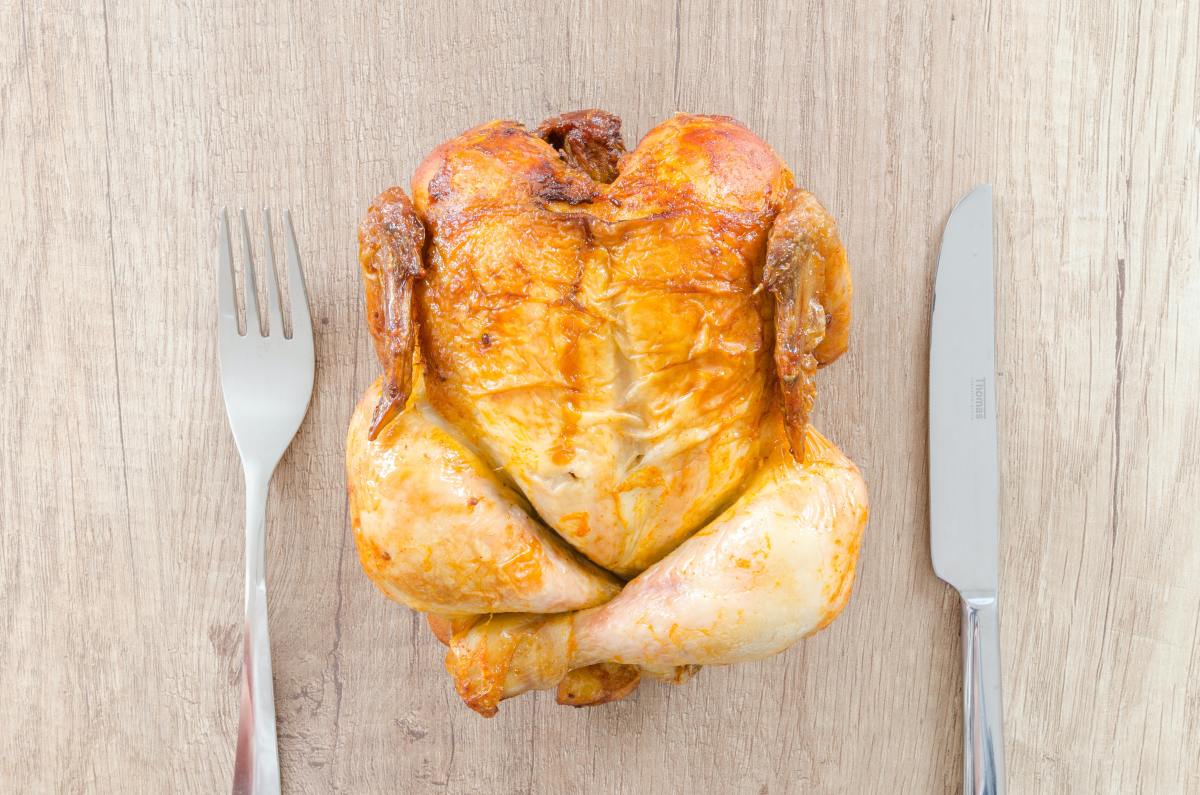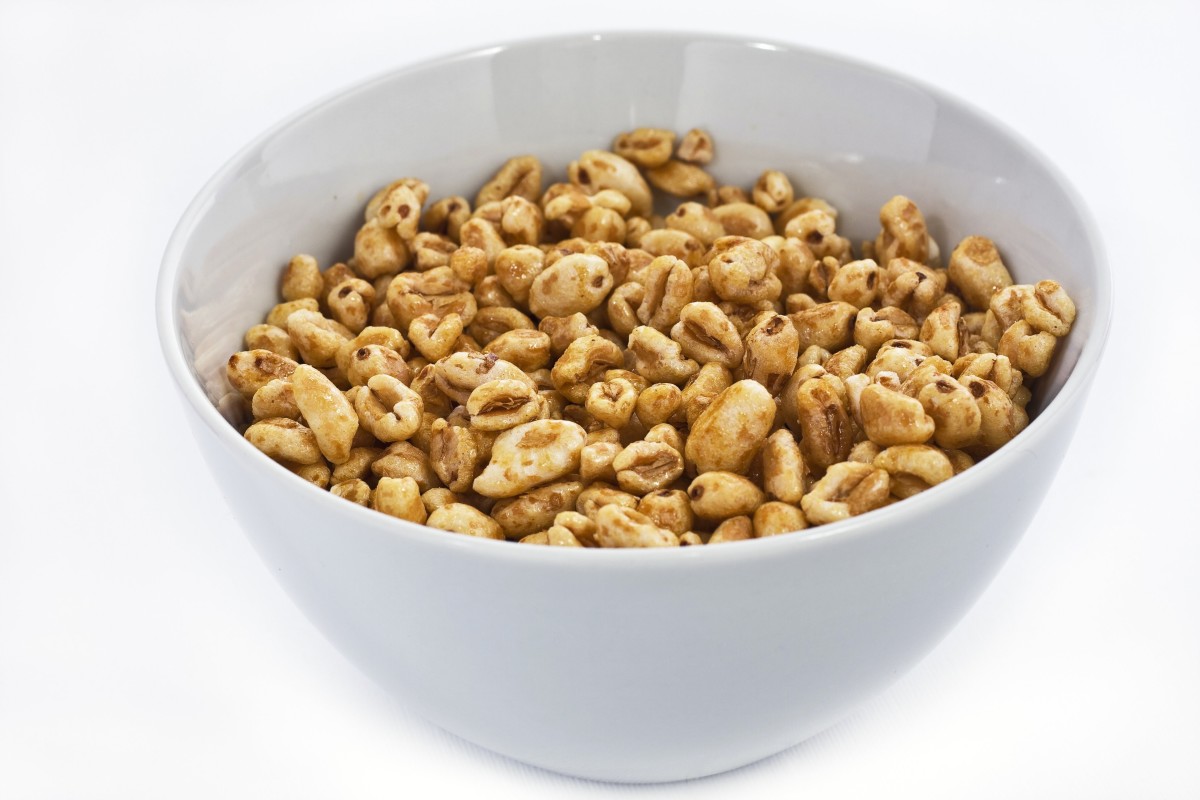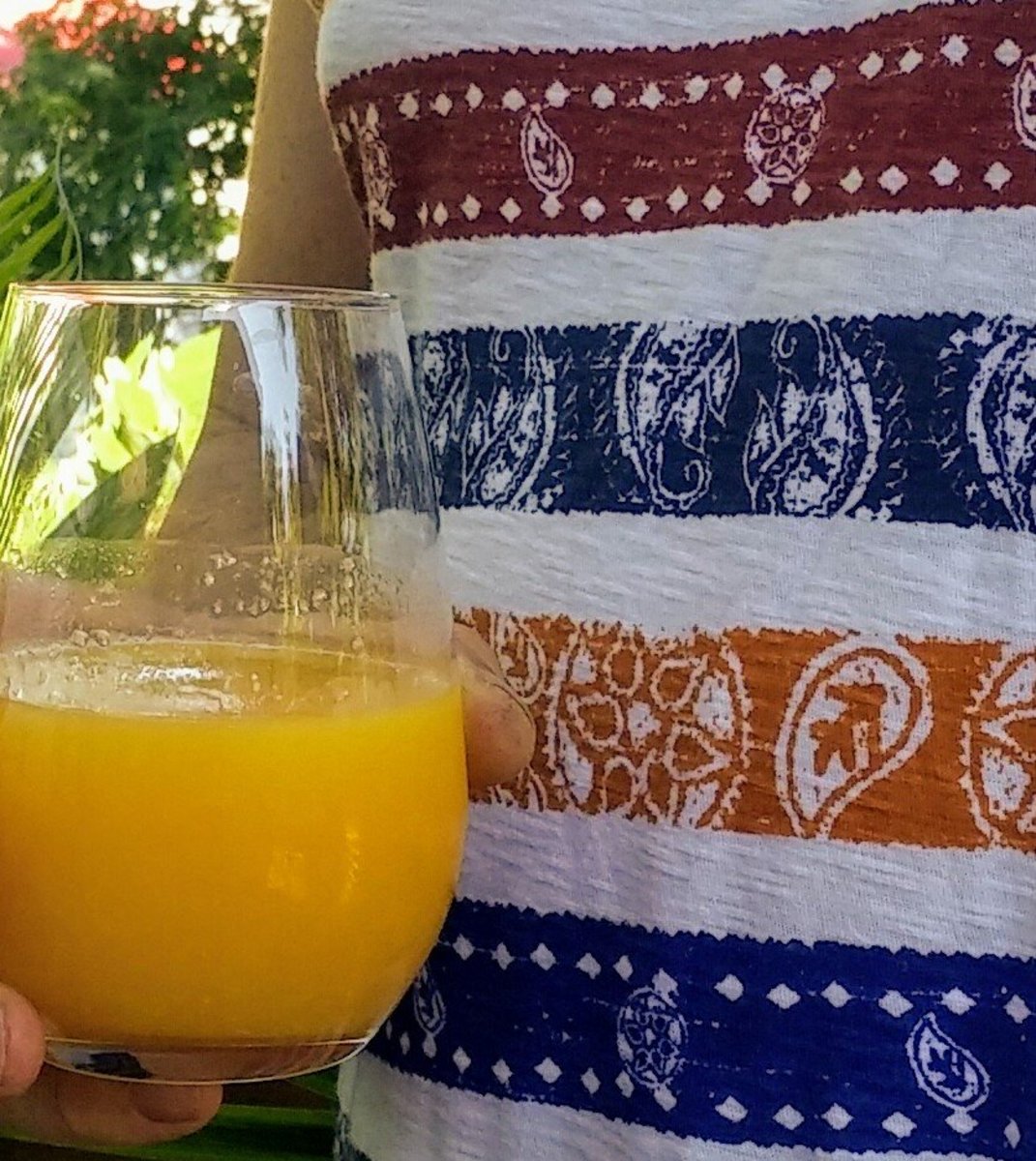Seafood - How to Handle Fresh Fish and Shellfish
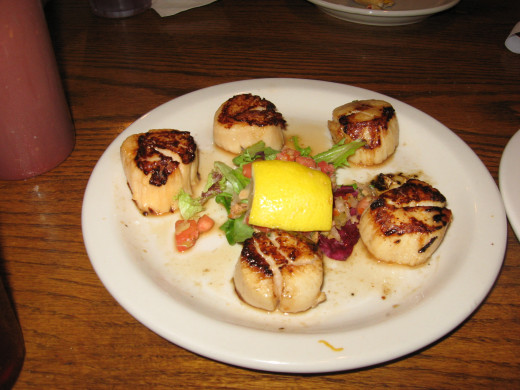
Seafood
Seafood is my absolute favorite type of food. Not only is it delicious, but it’s also nutritious and very versatile. It can be grilled, baked, poached, fried, pan seared, or added to soups. It lends itself to all kinds of cuisines, also, including Japanese, Mexican, French, Cajun, Creole, Chinese, Spanish, Cuban, and good ol’ American. We like shrimp, scallops, blue crab, snow crab legs, king crab legs, stone crab claws, oysters, lobster, crawfish, clams, and lots of finned fish species. We especially enjoy catching our own seafood and preparing it and eating it while it's super fresh. Unfortunately, the flesh of many ocean dwellers tends to deteriorate rather quickly. It doesn’t store as well in the fridge or in the freezer as poultry, beef, and pork do. Also, sometimes it’s difficult to know exactly when the fish or shellfish were caught or harvested unless you catch it yourself. Seafood can “go bad” quickly, negatively affecting not only the flavor, but also the safety of eating the food in question. Follow the suggestions below when you’re shopping for seafood at the grocery store or the fish market to make sure you’re getting quality seafood that’s fresh and flavorful. Enjoy my seafood pictures!
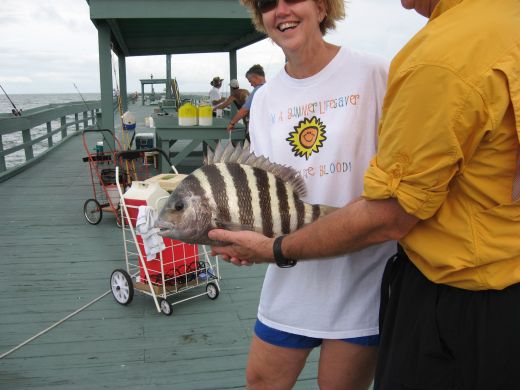
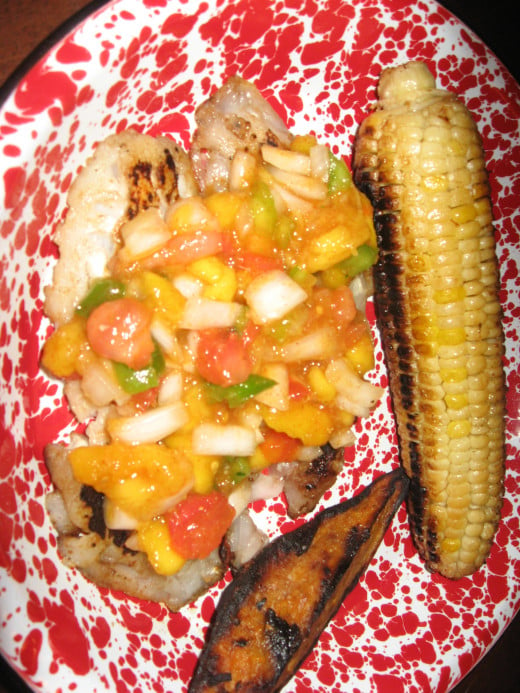
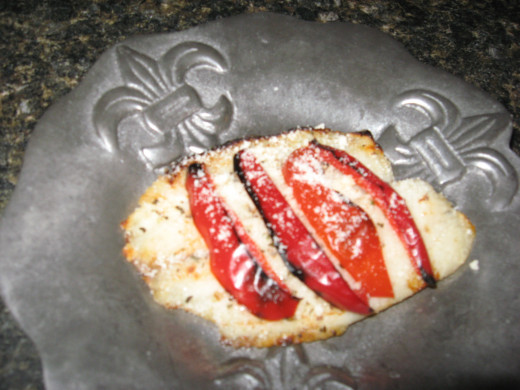
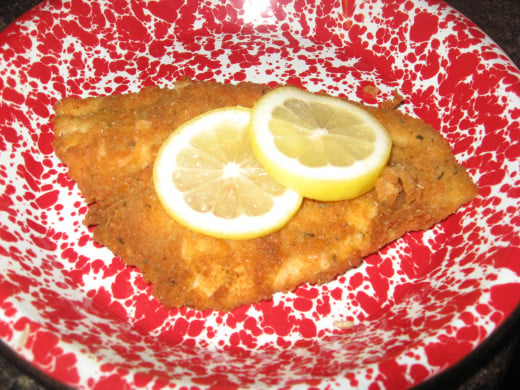
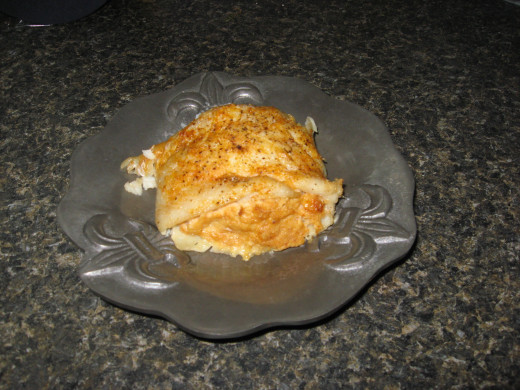
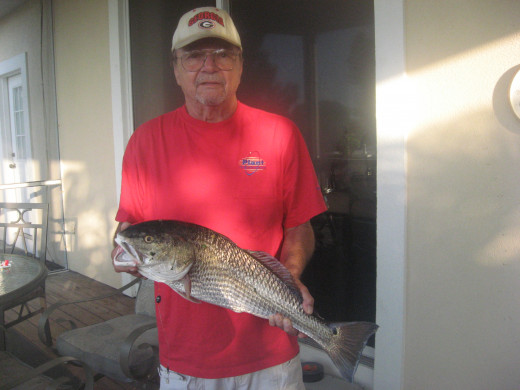
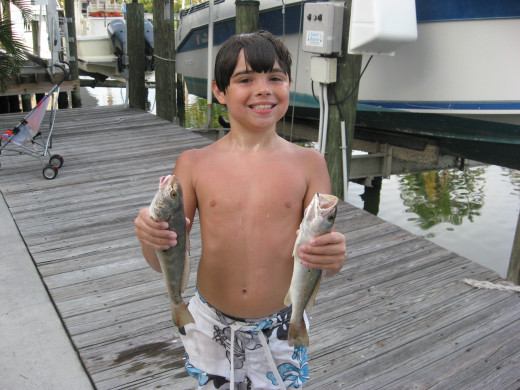
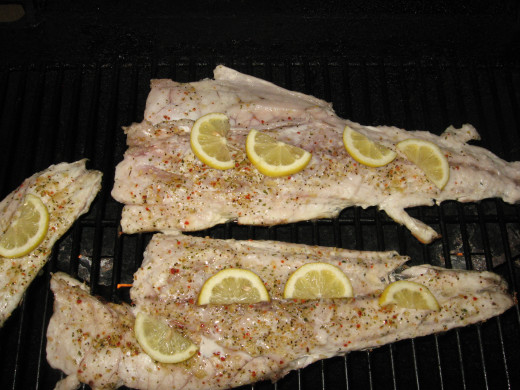
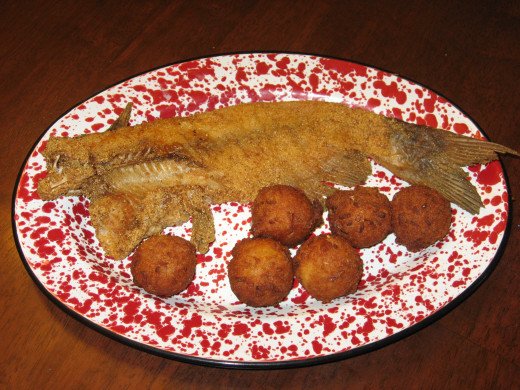
Fish
Fish is pretty hard to judge when it’s in the form of fillets. Why? Because you can’t judge the whole fish, which you need to do in order to tell whether it’s fresh or not. You can always have it filleted after you’ve made your selections. A freshly caught fish that has been properly handled will have glossy eyes, shiny skin, and bright red gills. You might be able to tell this from my seafood pictures of fish we've caught. Press the fish’s body. The flesh should be firm and should spring back quickly. Blemishes on the fish could be signs of disease, so you need to avoid these. Smell the fish, too. Fresh fish, ironically, doesn’t smell “fishy.” If it has a strong ammonia smell, it’s not fresh.
What sort of fish should you buy? You might already have a few favorites. In case you don’t, fish can be generally categorized as lean fish and fatty fish. Lean fish generally have a milder flavor, while fatty fish usually provide healthy fats like omega-3 fatty acids. Lean fish include grouper, snapper, flounder, and bass. Some of the most popular fatty fish are salmon, rainbow trout, and mackerel. If you’re not sure if you’ll like a certain fish or not, buy just a single serving to try. Use a mild fish recipe you’ve tried with a fish species you liked. This will give you a good idea about how the flesh tastes, without covering up the natural flavor with a lot of spices.
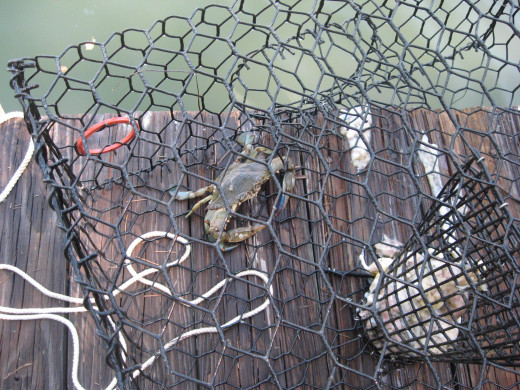
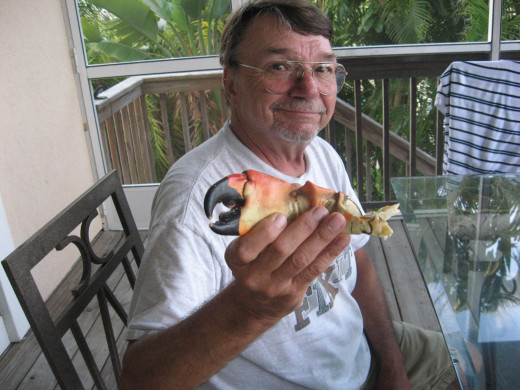
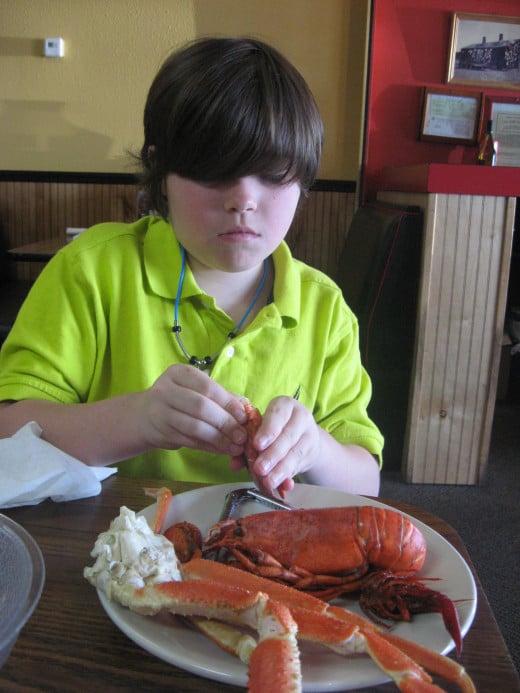
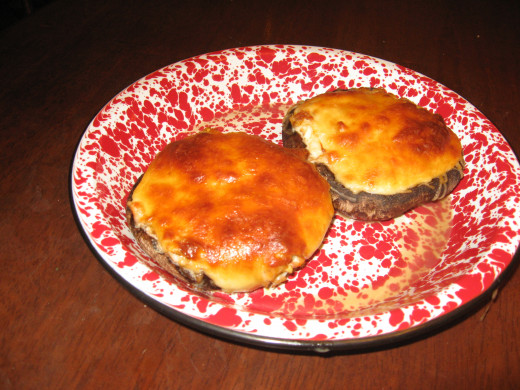
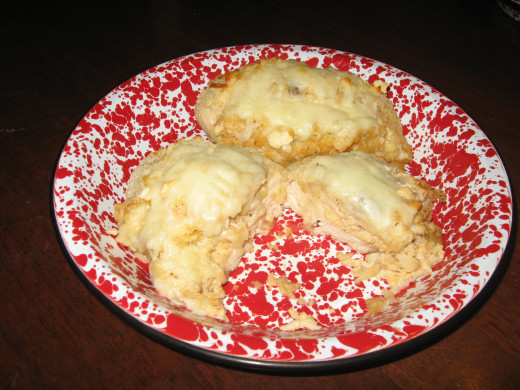
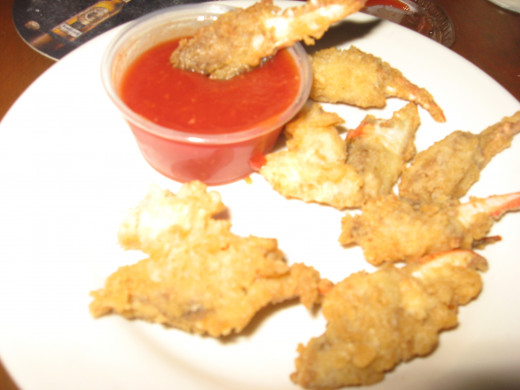
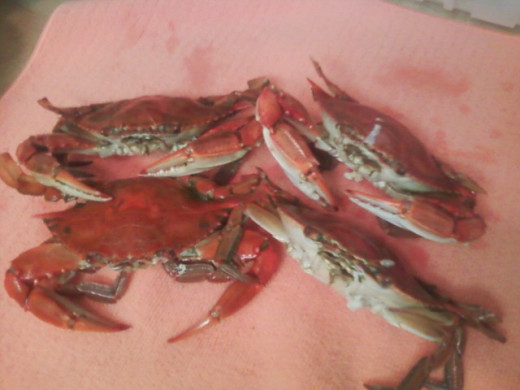
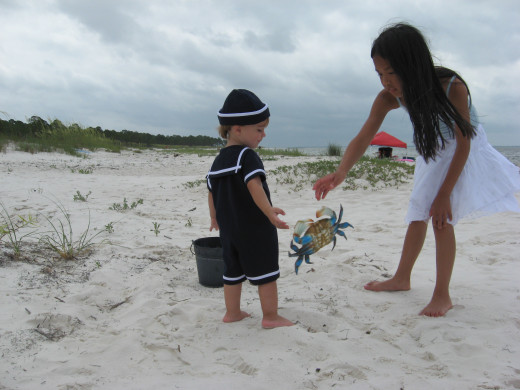
Blue Crab – Live Crabs – Live Crawfish – Live Lobster
Blue crab is awesome! We love catching and eating our own, straight from the ocean or gulf and into the cooking pot. If you’re not able to do your own crabbing, maybe you know where you can buy some live crabs. If blue crab is offered, buy it! Many chefs agree that blue crab has the best, sweetest flavor of all crab varieties. Sure, it takes a bit of work to get to the crab meat, but it’s worth the trouble. It can actually be fun, too! Spread some outdoor tables with newspapers or cheap plastic tablecloths, turn on some music, and go at it. Have plenty of crab crackers and small mallets to use, along with some melted butter, Old Bay Seasoning, and cocktail sauce. Provide a receptacle for the shells, too.
Live crabs, live crawfish, and live lobster should be active and vigorous. If they’re obviously alive but lethargic, they probably haven’t had a meal in a while. That means less meat for you. How do you judge whether or not the critters are lively? Poke ‘em – not with your hand, but with some type of instrument. Maybe there’s a small dip net near the tank. Once the animals have been prodded, you should be able to see that their legs are intact and capable of movement. If the claws have been taped closed, pick the critter up. It should feel heavy for its size, indicating it’s healthy and meaty. If the claws aren’t taped and you’re not familiar with handling live crabs and live lobster, don’t pick them up! A blue crab can give you a nasty pinch, as I learned from personal experience. I’m sure being attacked by a live crawfish would be almost as bad, and a pinch from a live lobster would be even worse.
Many people boil lobsters and crabs while the critters are still alive. I don’t. I prefer to kill them first. It’s easy to do. Turn a blue crab over on its back, and you’ll see the point of the apron. Just stick the point of a knife about halfway between this pointy part and the edge of the shell. Plunge the knife in quickly to kill the crab. To kill a live lobster, stick the knife in the creature’s head, just behind the eyes. Killing live crabs and live lobsters before cooking will make your job easier.
When you purchase live crawfish, leave them in the bag they come in, in a cool spot, until you’re ready to purge them. Live crawfish have to be purged before you cook them because they’re usually full of mud. They’re not called “mud bugs” for nothing. There are several methods for purging crawfish – with or without salt. Salt is a little riskier because it can kill some of the bugs, so you might prefer to do the job without salt. Place the crawfish in a large plastic cooler and cover them with clean, cool water. Stir the water and the bugs for about seven minutes. Drain away the dirty water and rinse the bugs with a gentle spray. Cover them with water again and stir again for five or six minutes. Once this water is drained off, the crawfish are ready to cook.
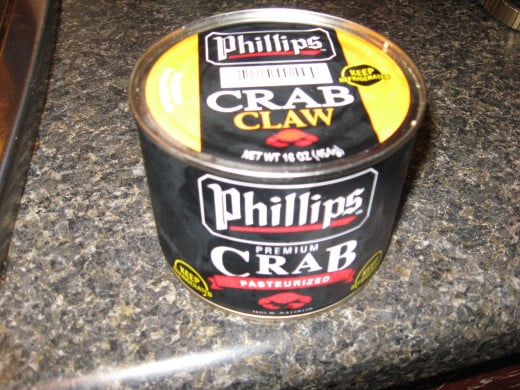
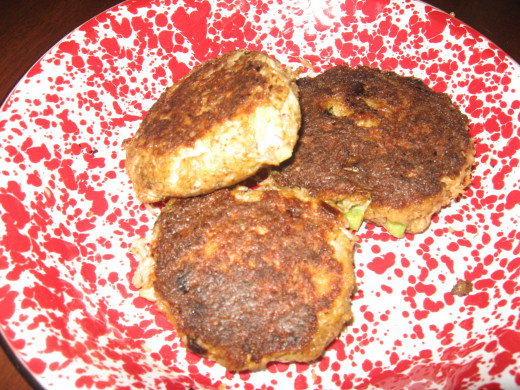
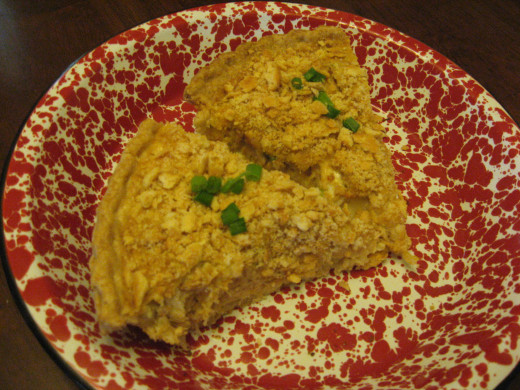
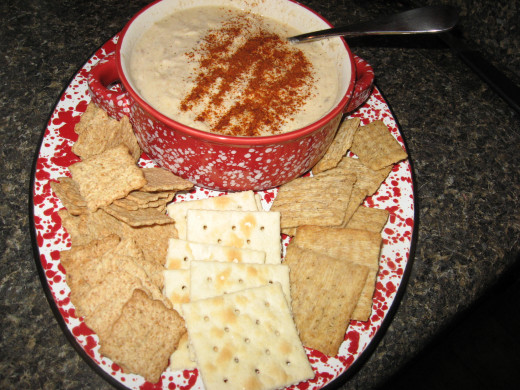
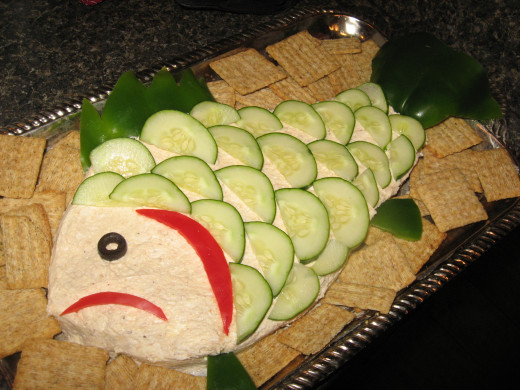
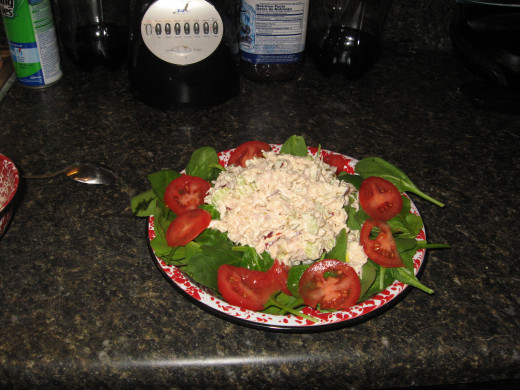
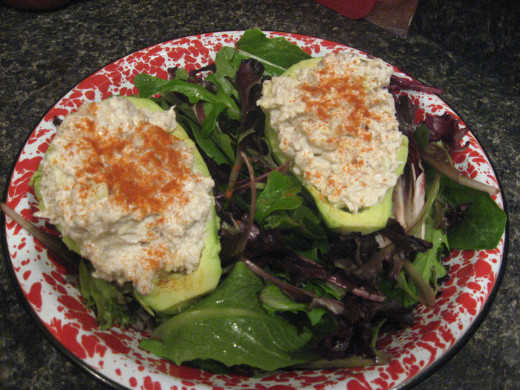
Crab Meat
Refrigerated picked crabmeat can be purchased in cans and is a good alternative to live crabs. As you can probably tell from my seafood pictures, crab meat is very versatile. This meat is usually pasteurized and will keep a long time in the fridge. Check the expiration date, anyway. Before cooking or eating the crab meat or using it in a no-cook recipe, you’ll need to examine it and go through it for pieces of shell and small bits of cartilage. I’ve gone through a lot of this type of crab meat, and I don’t think I’ve ever found a can that didn’t include some debris. You don’t want to bite down on a piece of shell when you’re enjoying your crab cakes or crab salad.
Another thing you need to realize about this type of crab meat is that it includes a good bit of liquid. Using the added liquid in your crab recipes can result in a soupy dish. Unless you’re making crab soup, you’ll need to get rid of most of the moisture. The best way to do this is to dump the crab meat onto several layers of paper towels and give it a couple of gentle squeezes. Handle the meat carefully, though, so that you don’t break apart any nice lumps of the crab meat.
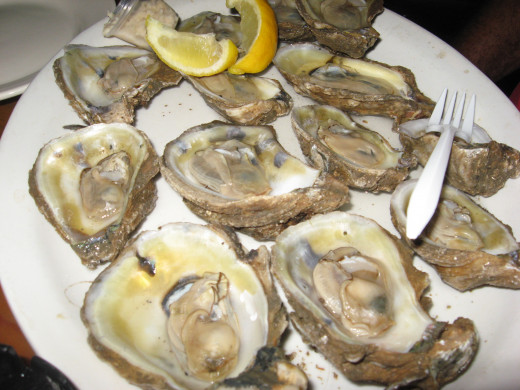
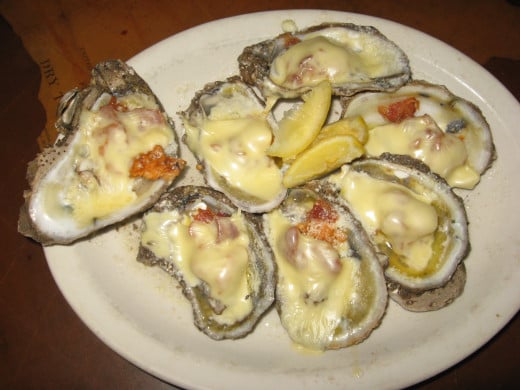
Oysters – Mussels - Clams
Mussels, oysters, and clams are best purchased alive. They should have shells that are tightly closed. If the shell is open a little, however, don’t discard the shellfish yet. Do the “tap test.” Tap the shell or put slight pressure on it. It should close up right away. If it doesn’t, don’t buy it. If you miss a few dead ones, don’t panic. If the shell remains closed after cooking, the bivalve was dead before you started, so don’t eat those.
We love having oyster roasts, so we’ve bought a lot of fresh oysters over the years. We’ve gathered our own, too. When you buy a bushel of oysters, it’s best to use them that day or the next. Keep them cool and slightly moist until cooking time, and make sure the oysters have access to air. Depending on where you buy your oysters, they might be fairly clean, or they might be muddy. We usually spread ours out and hose them down good. If they’re really dirty, we might have to use a brush on them. This gives you a good chance to make sure the oysters are still alive, with tightly closed and unbroken shells.
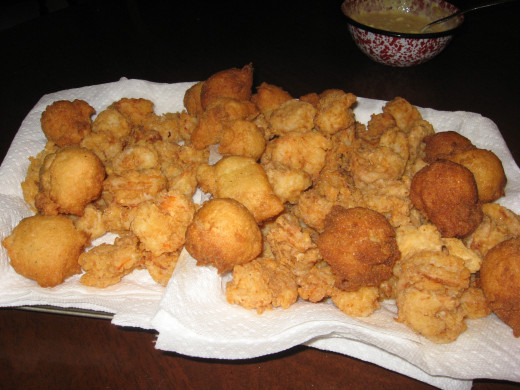
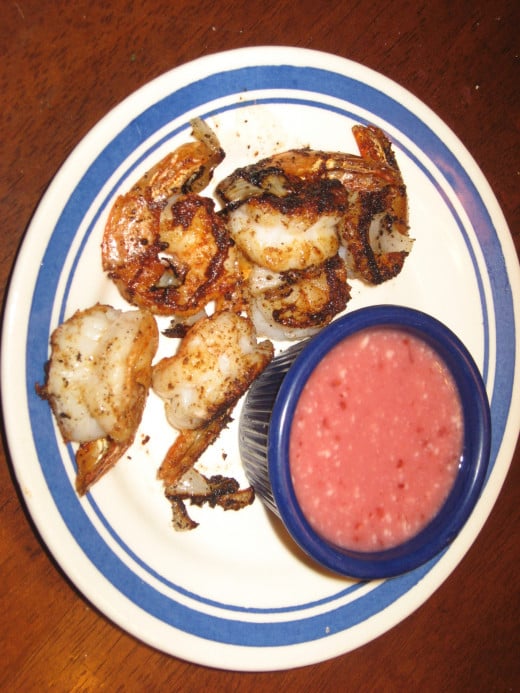
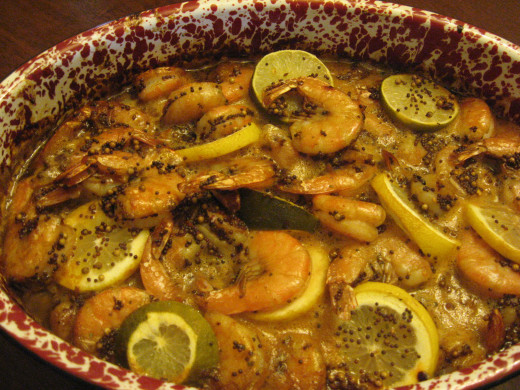
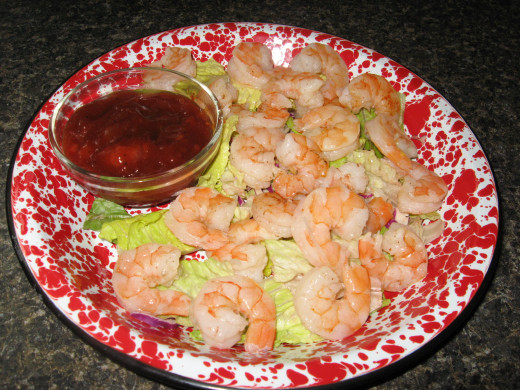
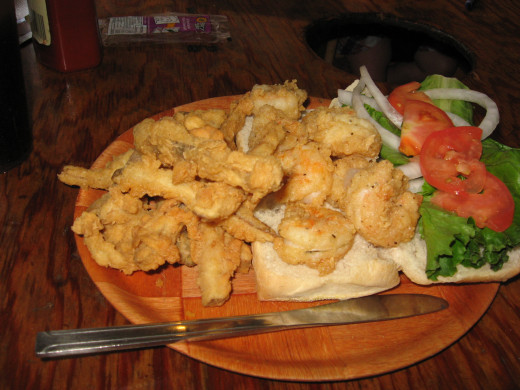
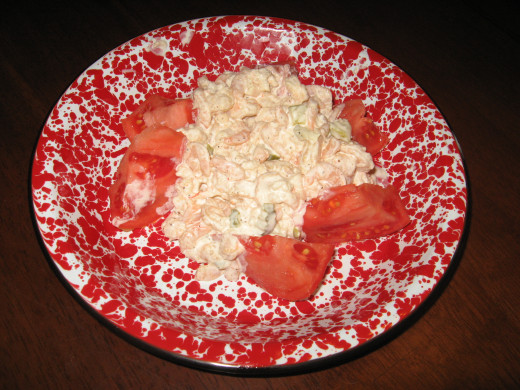
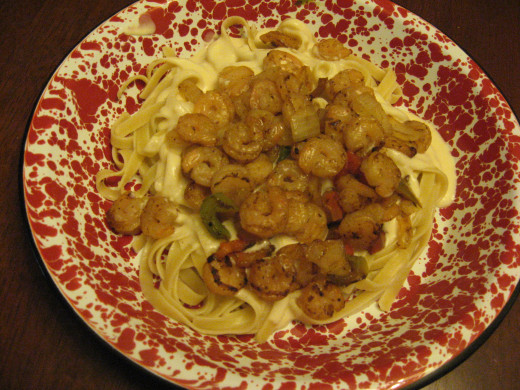
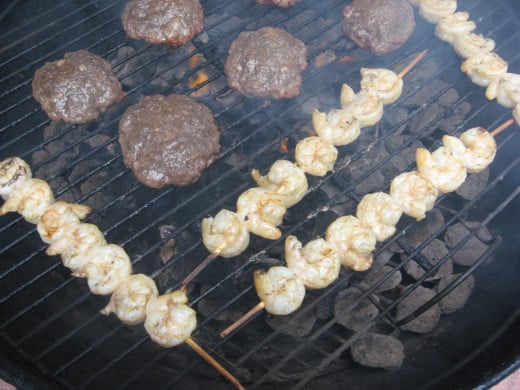
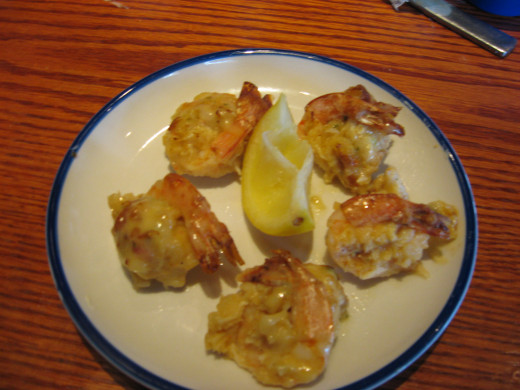
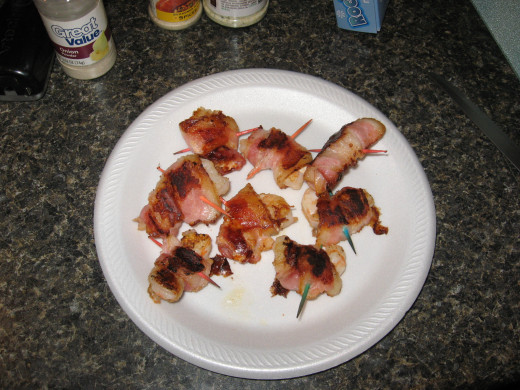
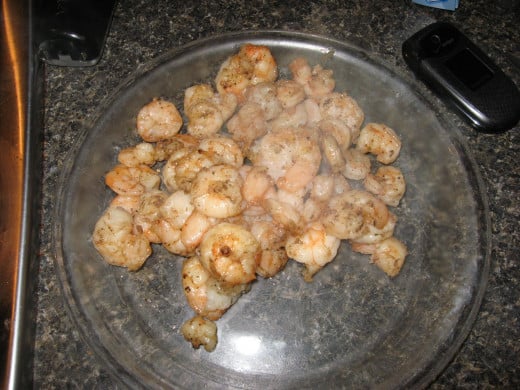
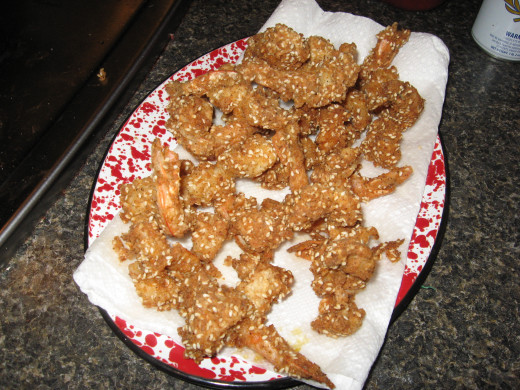
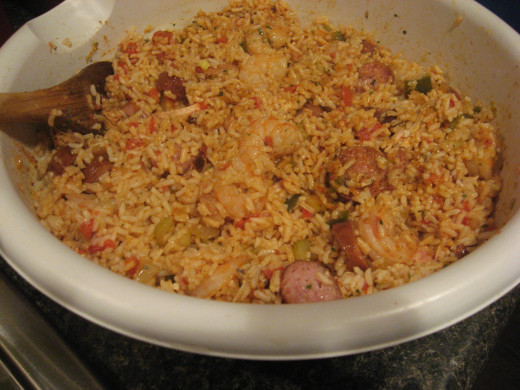
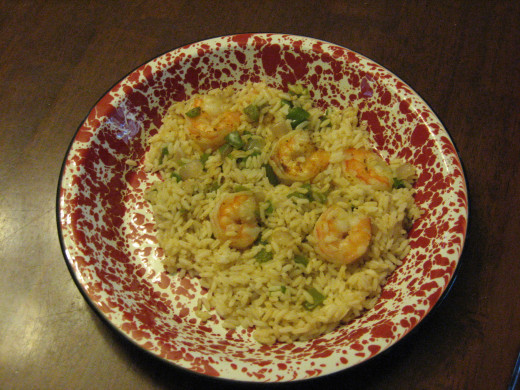
Shrimp
We eat a lot of shrimp! You figured that out from my seafood pictures, right? We've caught our own shrimp in beach seines, but we usually buy fresh shrimp. Sometimes we buy frozen shrimp, too. We like shrimp just about any way you can think of: fried, sauteed, stuffed, steamed, boiled, broiled, grilled, and wrapped in bacon. In the hot months of summer, shrimp salad is a favorite at our house.
Fresh shrimp, just like fresh fish, should not have a strong odor. When you’re choosing shrimp, don’t be bashful. You should ask to feel them. The flesh should be firm and should spring back immediately when pressed. Fresh shrimp won’t feel soft or slimy. Like crab and lobster, the shrimp should feel heavy for their size. Also, unless the raw shrimp is of the pink shrimp species, they shouldn’t be pink. This is very important because the other shrimp species, including white shrimp, brown shrimp, and tiger shrimp, will turn pink when they’re old or after they’ve been exposed to heat. If you can buy fresh raw shrimp with the heads still on, buy them. They’ll usually have more moisture and more flavor, and the heads are easily removed by pinching them between your thumb and forefinger or by using a knife.
Frozen Seafood
If you prefer to buy frozen seafood, look for products that have been flash frozen. These fish went quickly from the sea to the freezer. Just be sure to check the expiration date – the taste and quality will slowly diminish, even in the freezer. I prefer frozen fish that have been filleted and wrapped individually in airtight plastic packs. That makes it easy to get out exactly how much fish I need for a meal.
Previously cooked and deveined frozen shrimp can be a real time saver, and you can often find them on sale at bargain prices. Be careful not to overcook them, however, should you prefer to serve them hot or added to stir-fries or other cooked dishes. These shrimp really work best for dishes that don’t have to heated, like shrimp salads and shrimp cocktails. For fried shrimp and other cooked shrimp recipes, use frozen shrimp that are raw. I sometimes like to use raw shrimp that have already been deveined, the EZ-peel type. These shrimp have been cut through the top of the shell and deveined, but the shell remains intact. This is good if you want to boil the shrimp because the flesh is protected, so it won’t get too tough during the cooking process. The EZ-peel shrimp are super quick and easy to peel, however, so you sort of get the best of both worlds.
If you like scallops, your best bet is to purchase them frozen in vacuum-sealed packs. You can’t buy them live because you don’t eat the entire animal like you do with clams and oysters. You eat only the muscle that holds the shells together.
When you buy frozen fish or other frozen seafood, thaw it in the refrigerator and not at room temperature. Frozen shrimp can be dropped into a pot of seasoned boiling water while still frozen. Fish, however, should be thawed first. You can speed up the process by holding the fish fillets or whole fish under cool running water to thaw, but use only cool water. Warm water will invite bacteria and could also affect the taste and texture of the flesh. Save the heat for the cooking process – not the thawing process. If you follow the right guidelines, fish and other types of seafood can be a delicious, healthy way to eat. As you get more experience choosing and handling fish, you’ll gain confidence and enjoy serving and eating seafood more often!

